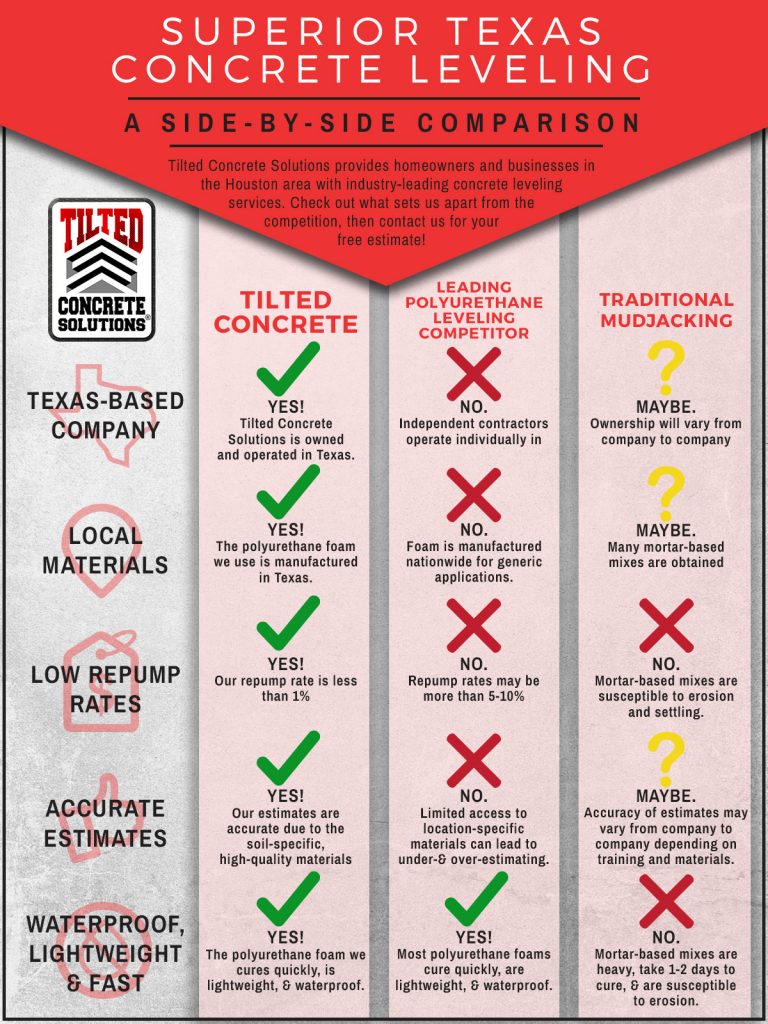Getting Your Walls Ready For A Smooth Paint Application
Getting Your Walls Ready For A Smooth Paint Application
Blog Article
Composed By-Fitzsimmons Purcell
Accomplishing a perfect paint work starts with precise wall preparation. From completing flaws to priming surfaces, each action plays an essential role in the final end result. Yet what about those complicated corners and edges that can make or break the general look? Stay tuned to find line painting minneapolis on exactly how to navigate these challenging locations with skill, guaranteeing a seamless coating that will boost your area to brand-new elevations of class.
Wall Surface Inspection and Repair
Evaluating wall surfaces for any type of flaws and quickly addressing them via needed repair services is crucial for accomplishing a smooth and flawless paint task. Before beginning the painting process, thoroughly take a look at the walls for cracks, openings, dents, or any other damages that could influence the final result.
Start by filling out any kind of splits or holes with spackling substance, enabling it to completely dry completely prior to sanding it to develop a smooth surface. For bigger damages or damaged locations, take into consideration making use of joint compound to ensure a seamless repair work.
Furthermore, check for any kind of loose paint or wallpaper that might need to be removed. Remove any type of peeling off paint or old wallpaper, and sand the surface area to produce a consistent texture.
It's also essential to inspect for water damages, as this can bring about mold and mildew growth and impact the bond of the brand-new paint. Address any kind of water spots or mold with the appropriate cleansing options prior to proceeding with the paint procedure.
Cleansing and Surface Preparation
To make certain an immaculate and well-prepared surface for paint, the following step entails thoroughly cleaning up and prepping the walls. Begin by dusting the wall surfaces with a microfiber cloth or a duster to get rid of any kind of loosened dust, cobwebs, or particles.
For even more persistent dust or crud, an option of light cleaning agent and water can be used to delicately scrub the walls, complied with by a thorough rinse with clean water. Pay unique attention to areas near light switches, door takes care of, and walls, as these often tend to accumulate even more dirt.
After cleansing, it is necessary to examine the wall surfaces for any kind of cracks, openings, or imperfections. These ought to be filled with spackling substance and sanded smooth when dry. Fining straight line painting with fine-grit sandpaper will certainly also aid create a consistent surface for painting.
Priming and Insulation
Prior to paint, the walls must be keyed to ensure correct attachment of the paint and taped to shield nearby surfaces from roaming brushstrokes. Priming functions as an important action in the painting procedure, particularly for new drywall or surfaces that have actually been patched or fixed. indoor house painters assists seal the wall, producing a smooth and uniform surface area for the paint to adhere to. Furthermore, primer can enhance the toughness and coverage of the paint, eventually leading to an extra expert and long-lasting coating.
When it comes to taping, making use of painter's tape along trim, ceilings, and various other surface areas you intend to shield is necessary to accomplish clean and crisp paint lines. Painter's tape is created to be conveniently applied and gotten rid of without harming the underlying surface or leaving behind any residue. Put in the time to effectively tape off areas prior to repainting to save yourself the inconvenience of touch-ups later.
Final thought
In conclusion, correctly preparing your wall surfaces prior to painting is critical for attaining a remarkable finish. By checking for imperfections, cleaning up extensively, priming the surface, and utilizing painter's tape for tidy lines, you can make sure a professional-looking paint job.
Taking the time to complete these actions will result in a smooth and resilient surface that enhances the overall appearance of your room.
